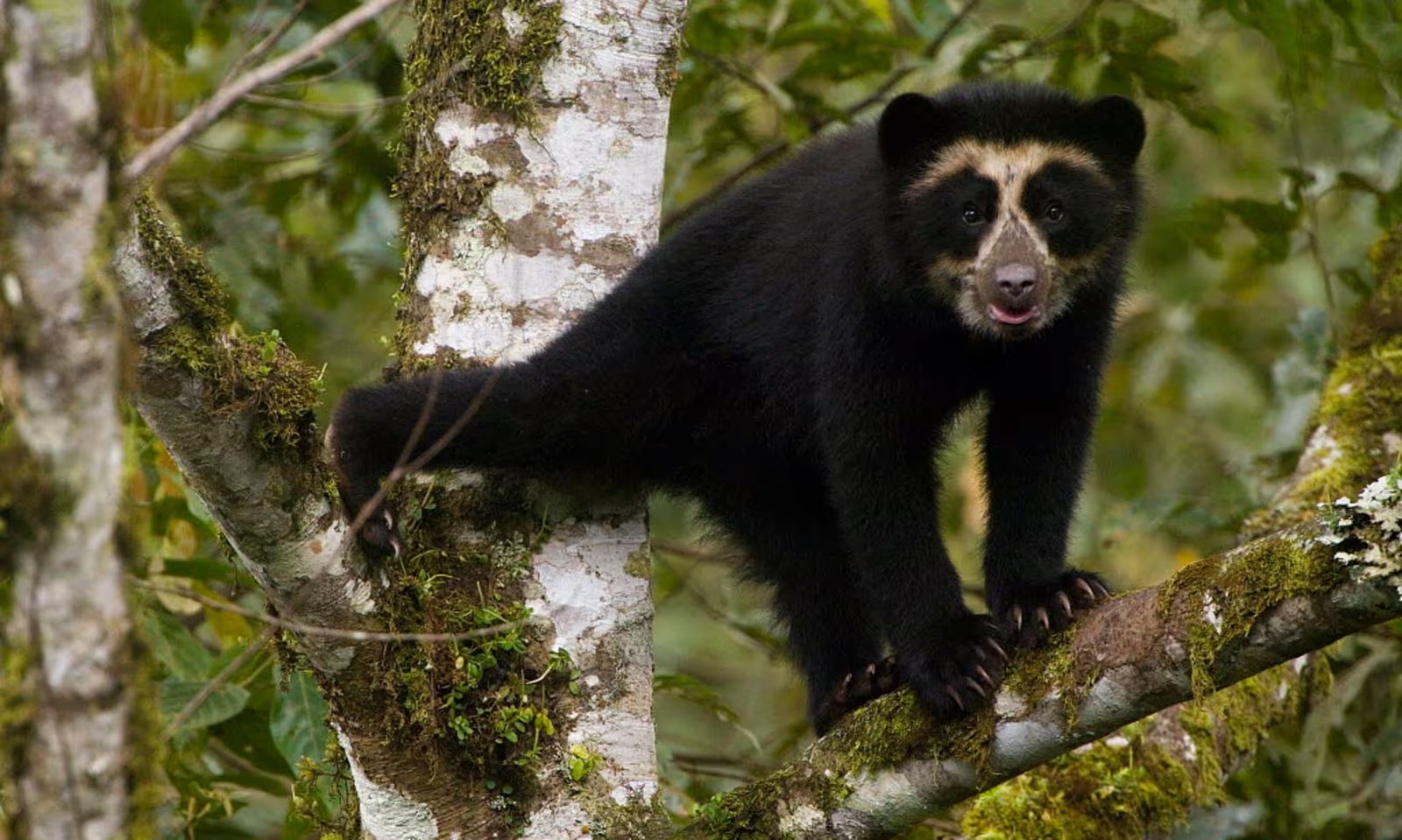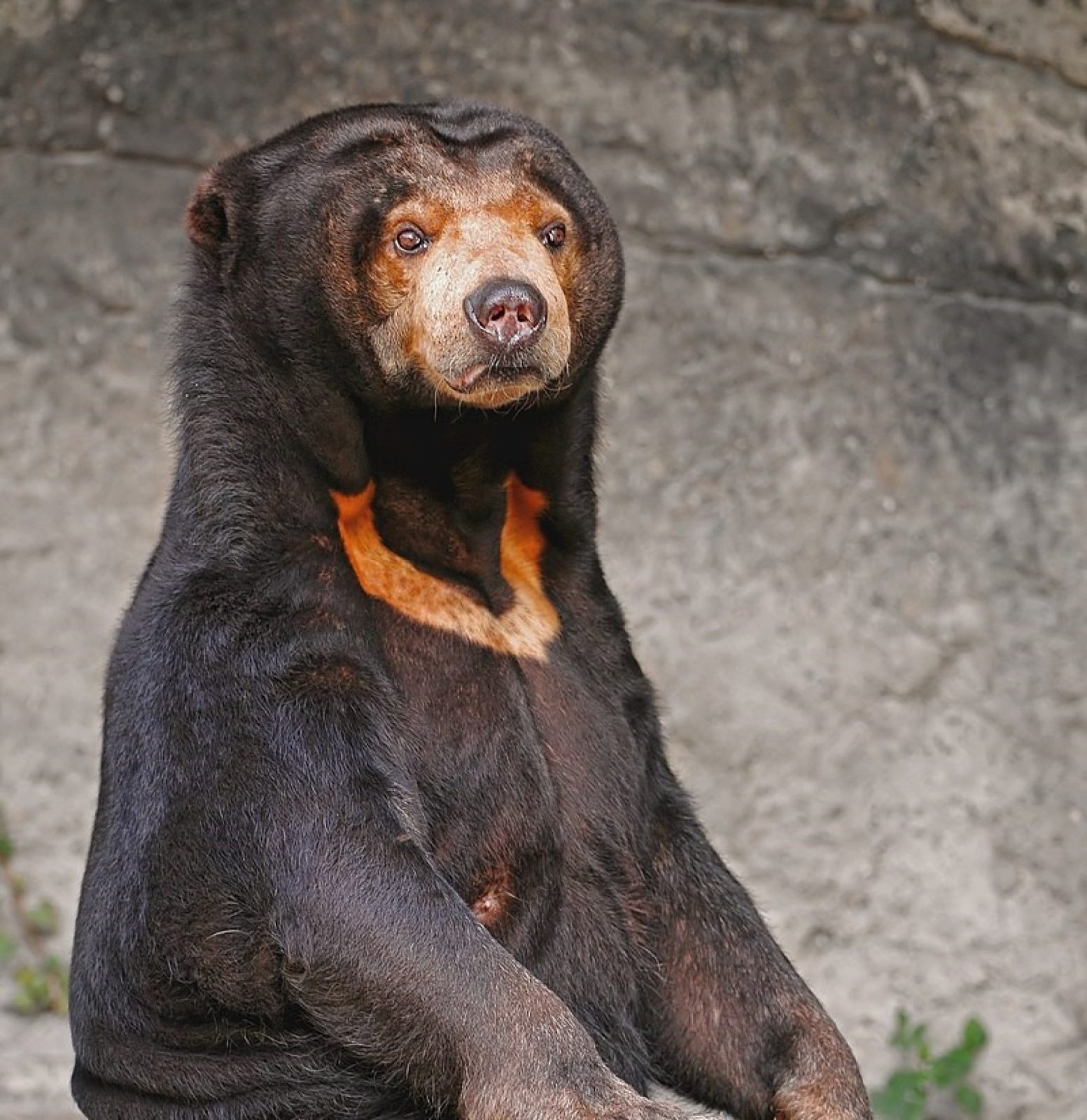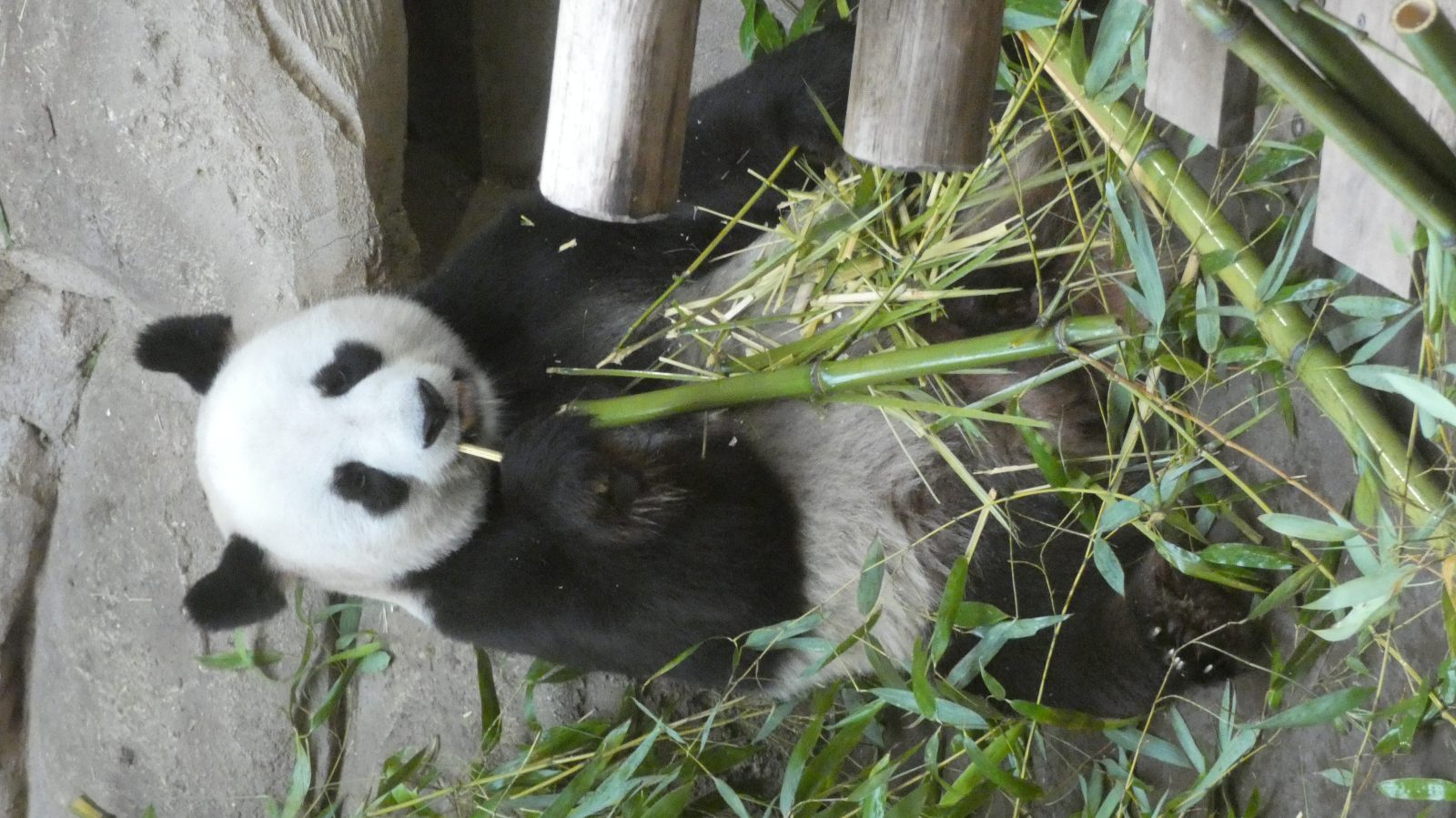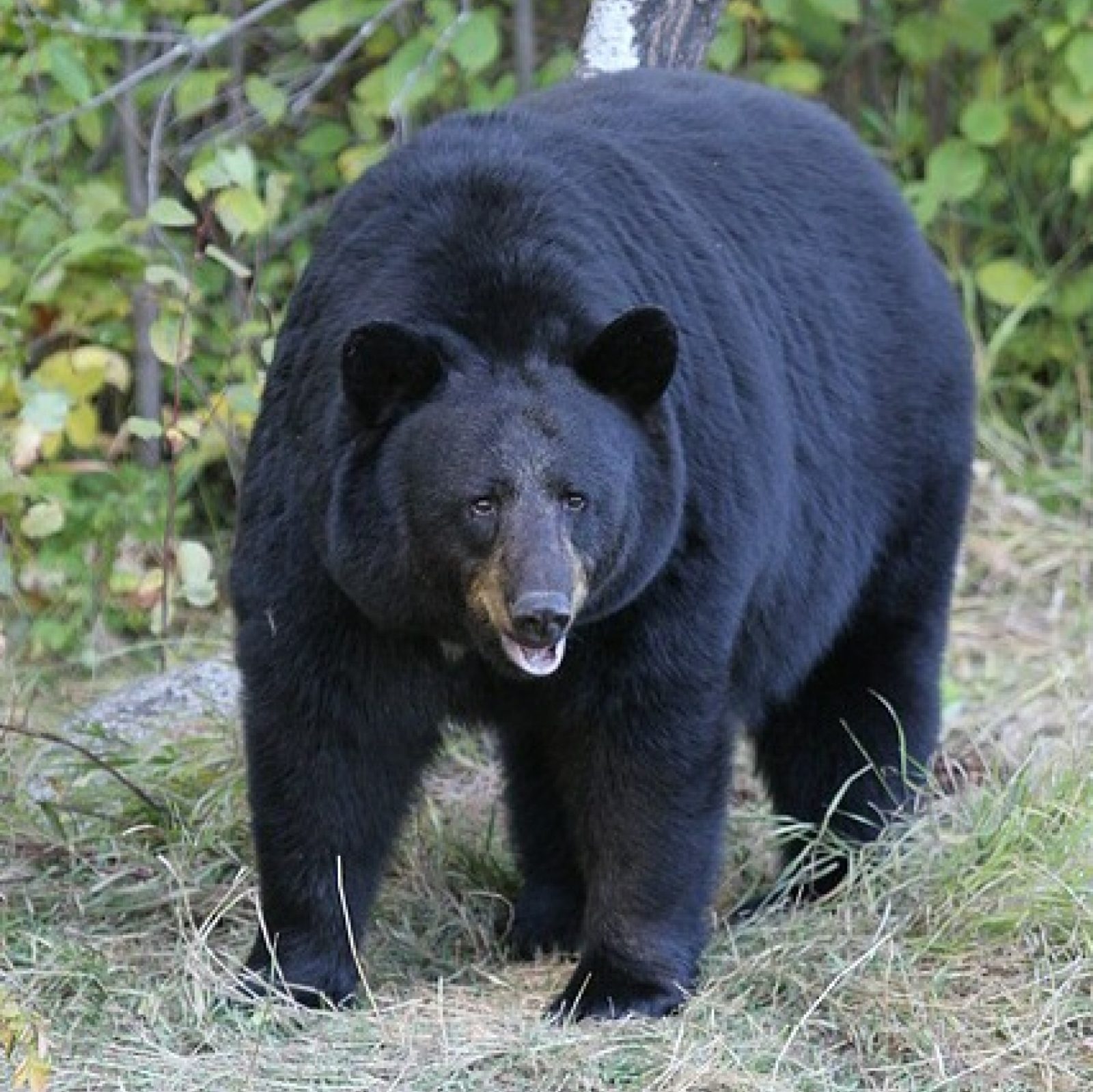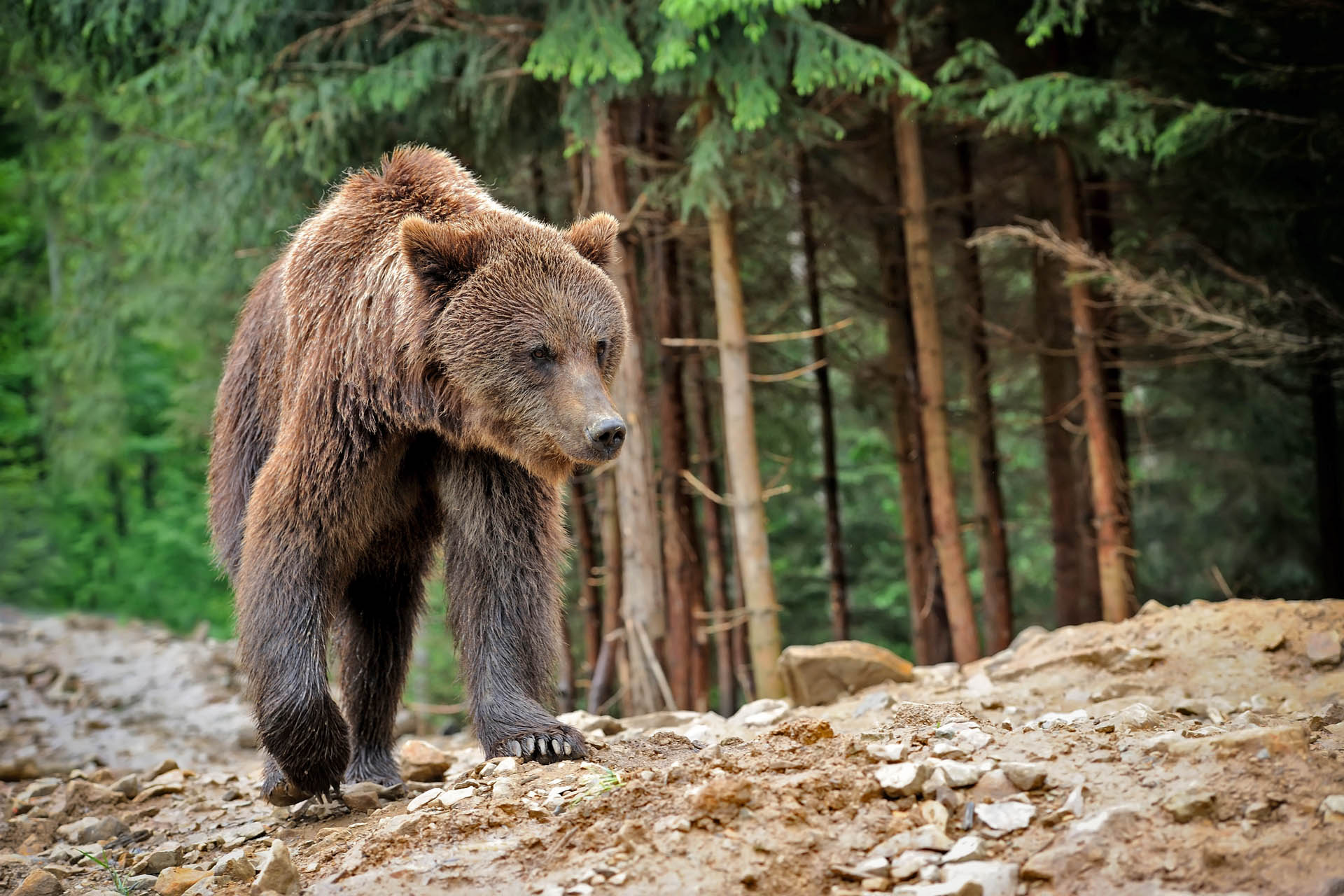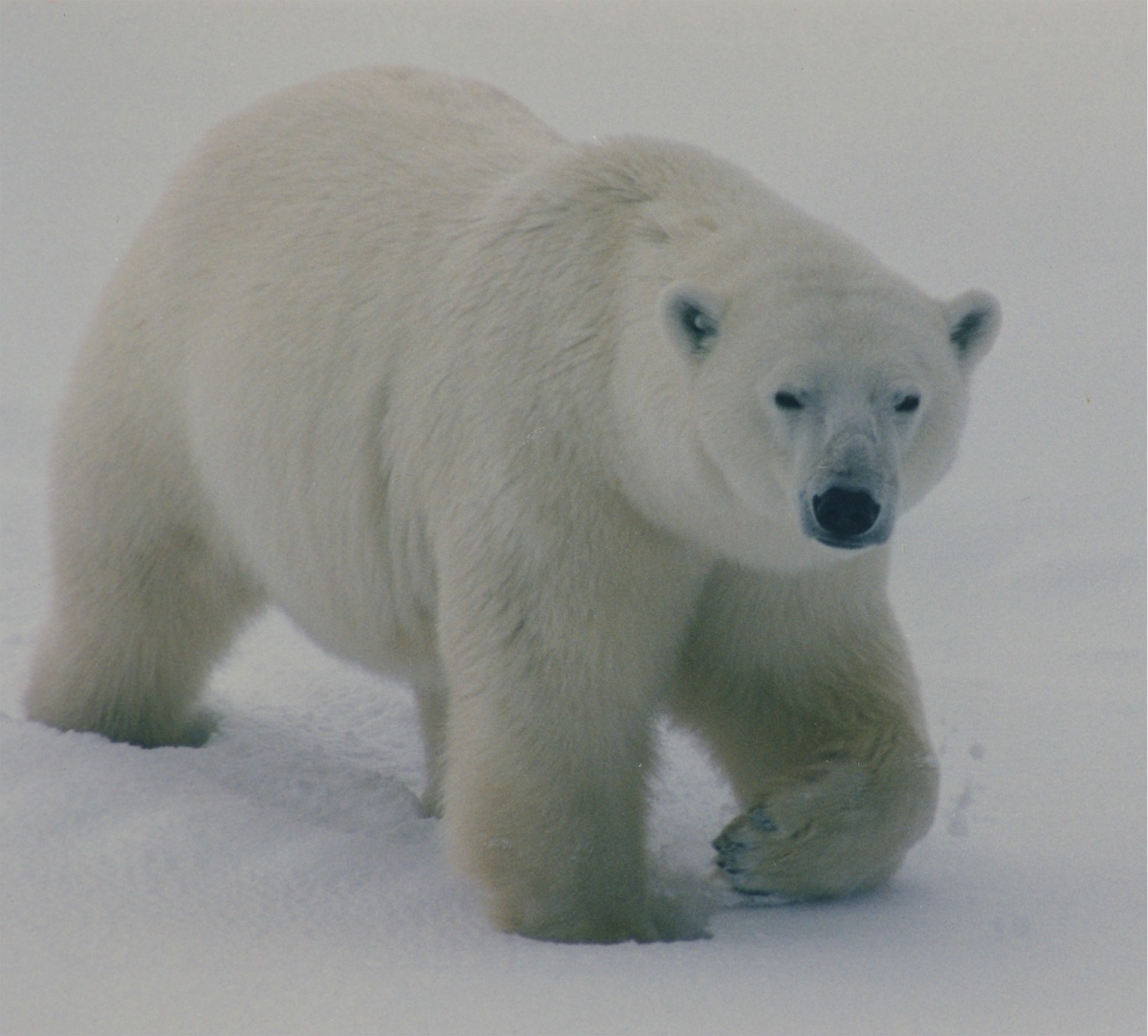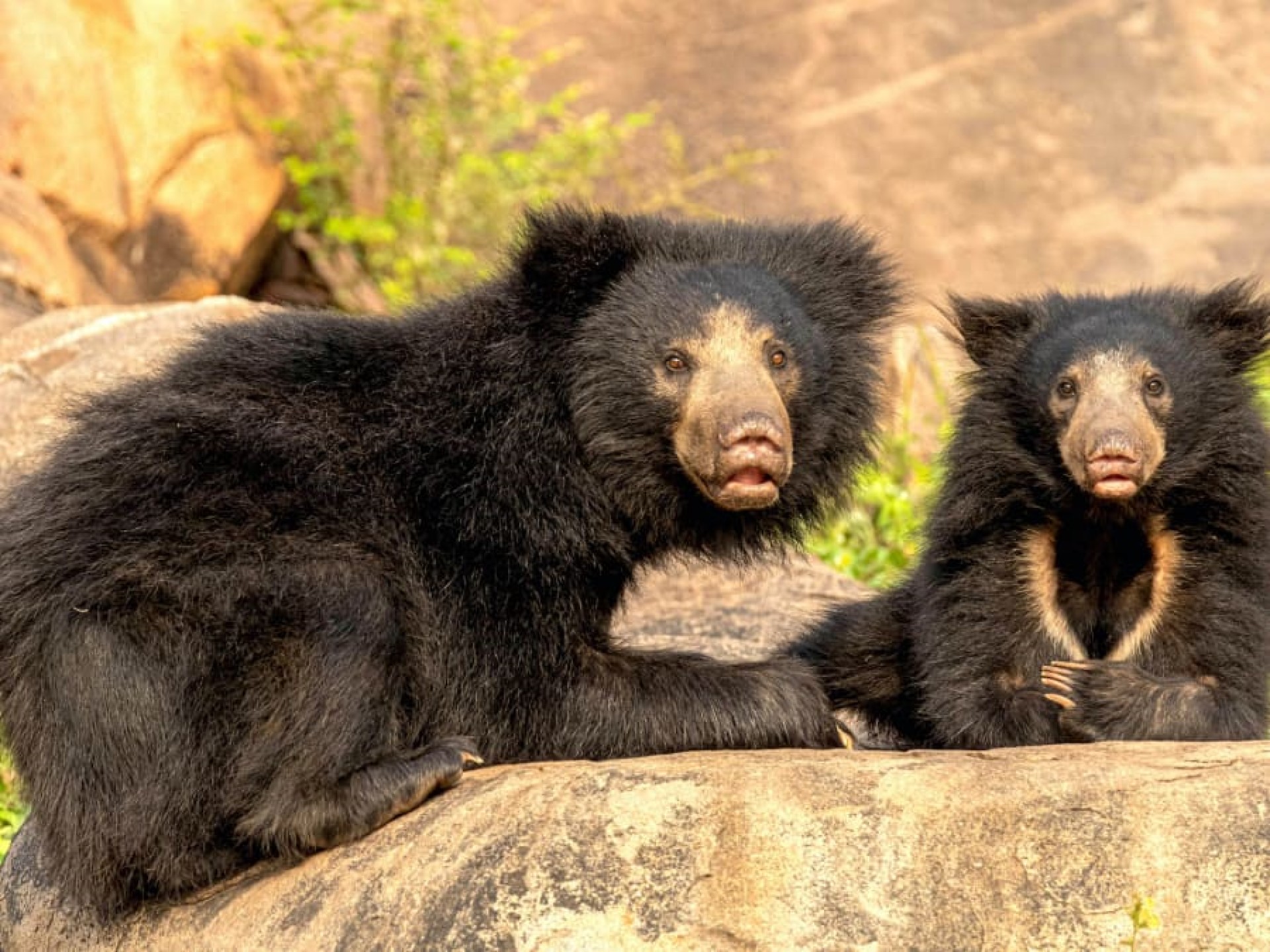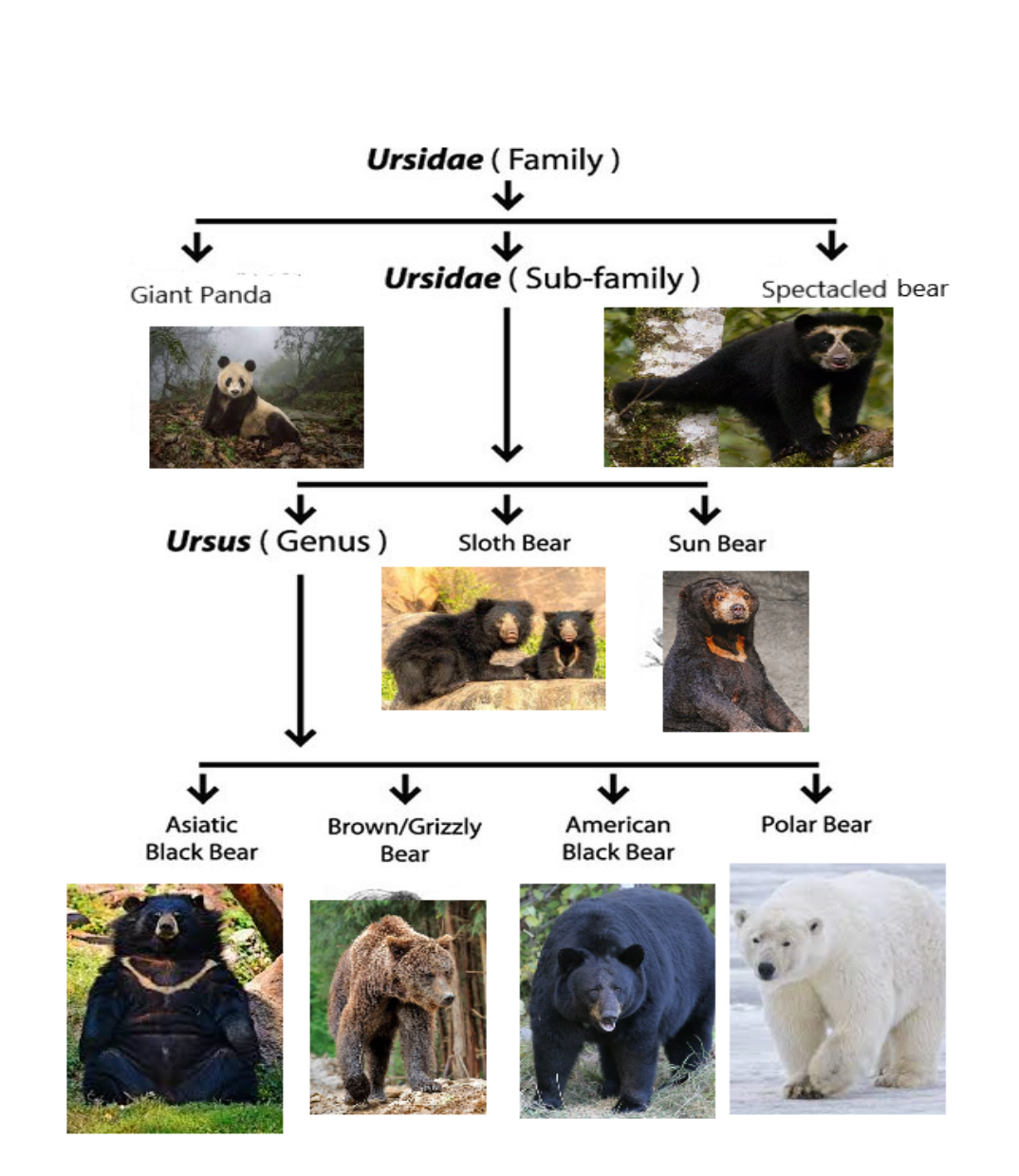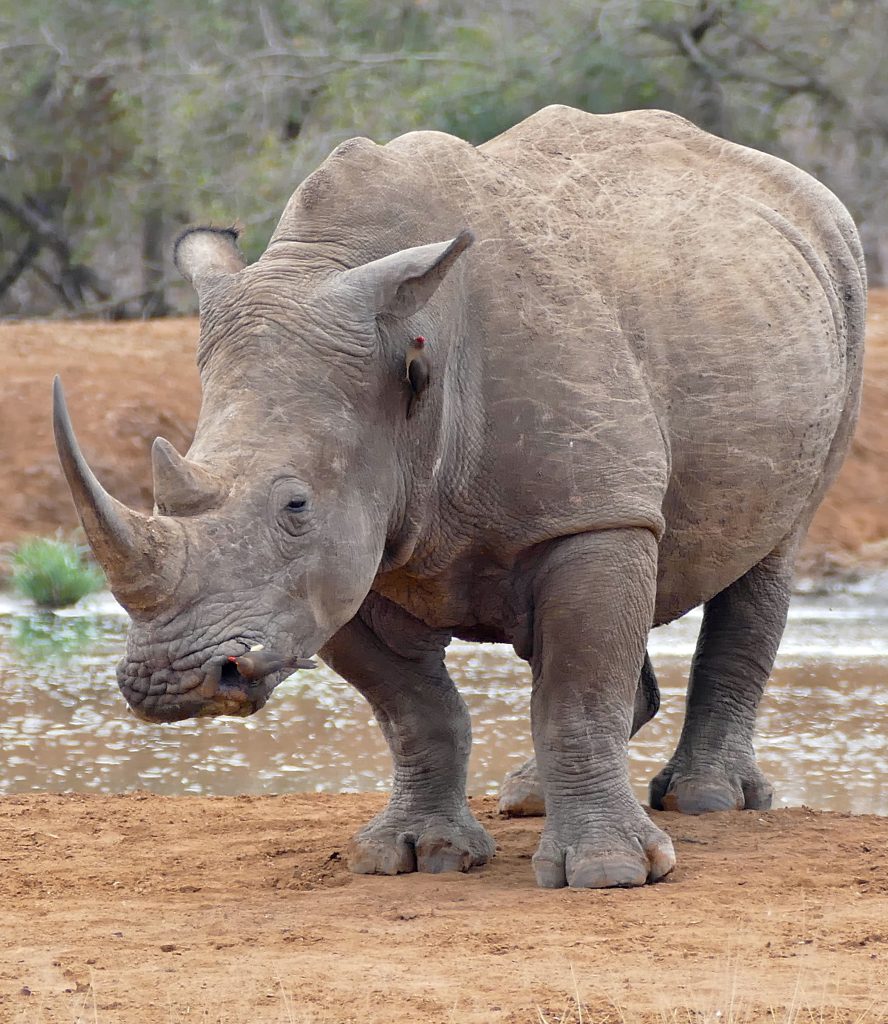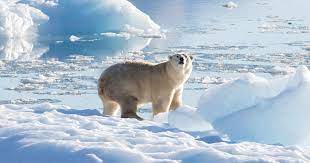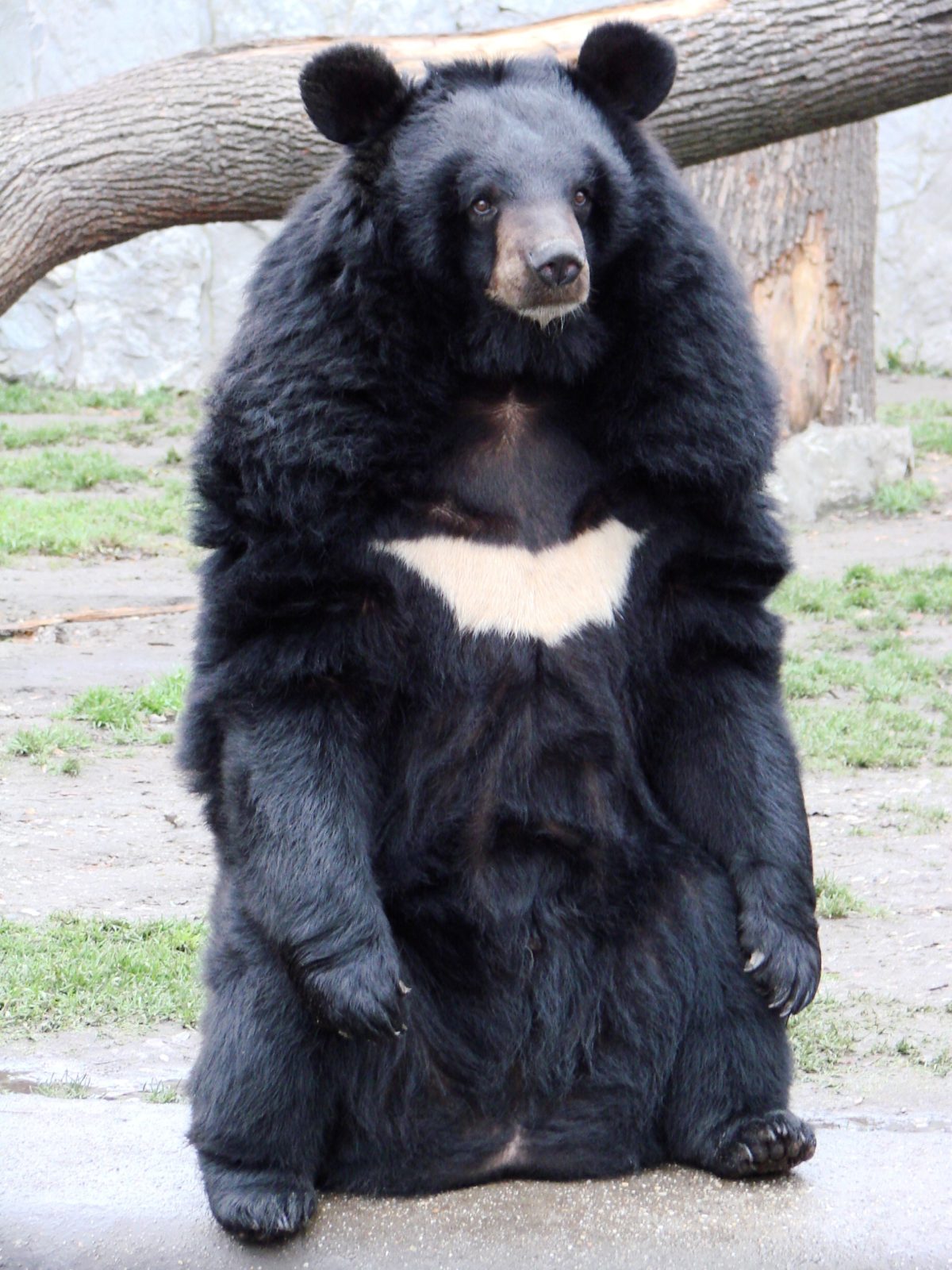
Asiatic Black bear
The Asian black bear or moon bear
Over time we hope to list many places where you can visit bears and see them in their wild home, these will appear here, and a list of posts we have published on bears will appear below these.
Also known as the white chested bear and the moon bear, the asiatic black bear is found in the Himalayas, southeastern Iran, the northern parts of the Indian subcontinent, the Korean Peninsula, northeastern China, the Russian Far East, the islands of Honshū and Shikoku in Japan, and Taiwan. It is thought that around 50,000 remain in the wild.
This species does not do anywhere as well as the American black bear, but it should be able to bounce back if poaching for various substances were to end. Should you work in conservation or tourism about this species, we are eager to work with you. If you work in conservation, do join us as a member as we would love to be able to publish any interesting updates that you might want to publish.
We are keen to list any people who work in ecotourism in areas where this bear lives, do get in touch , we would like to help people find you and make the bears worth having living nearby.
Uninvited black bear crashes party in Connecticut
- Tim
- September 13, 2022
Species watch
- Tim
- May 11, 2022

